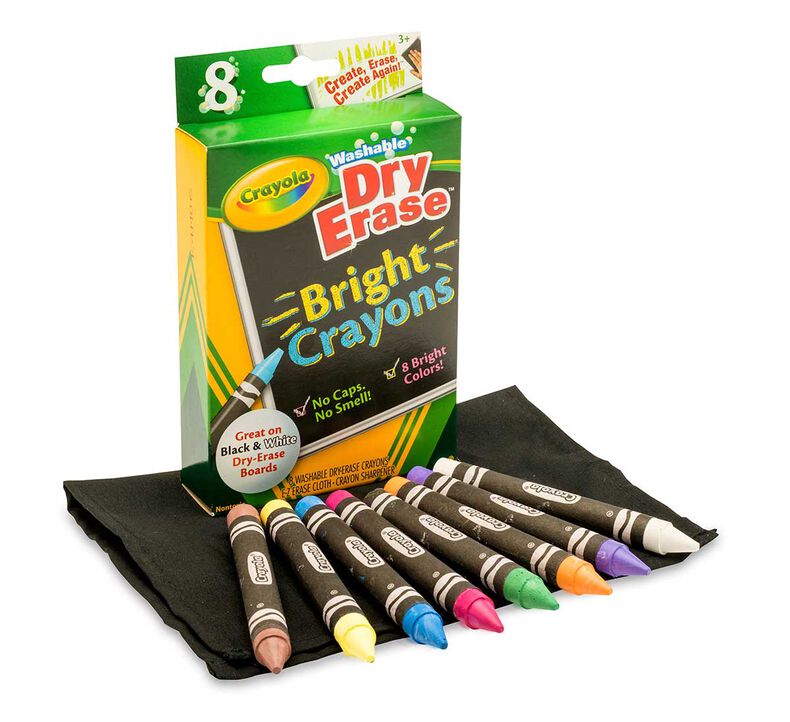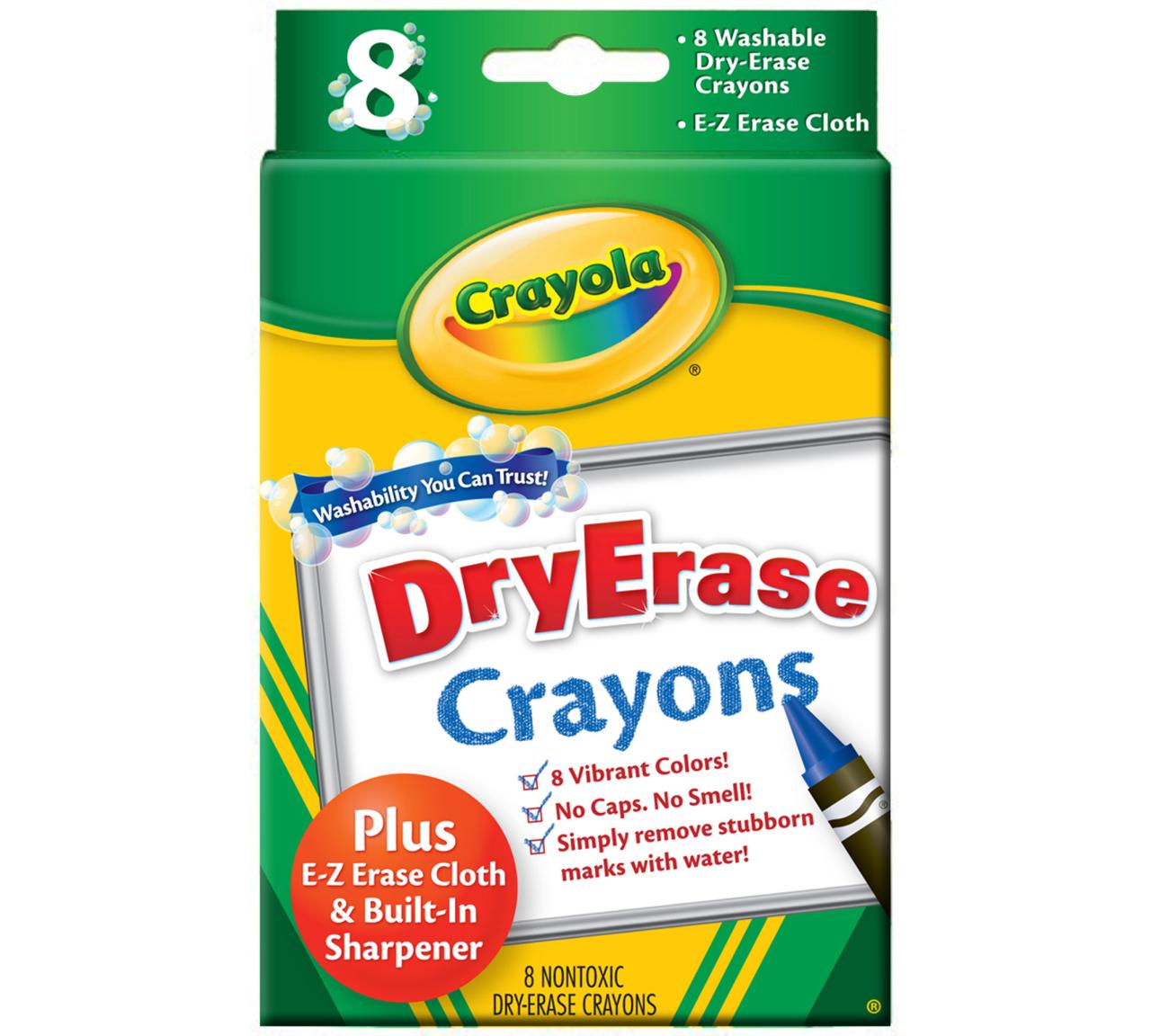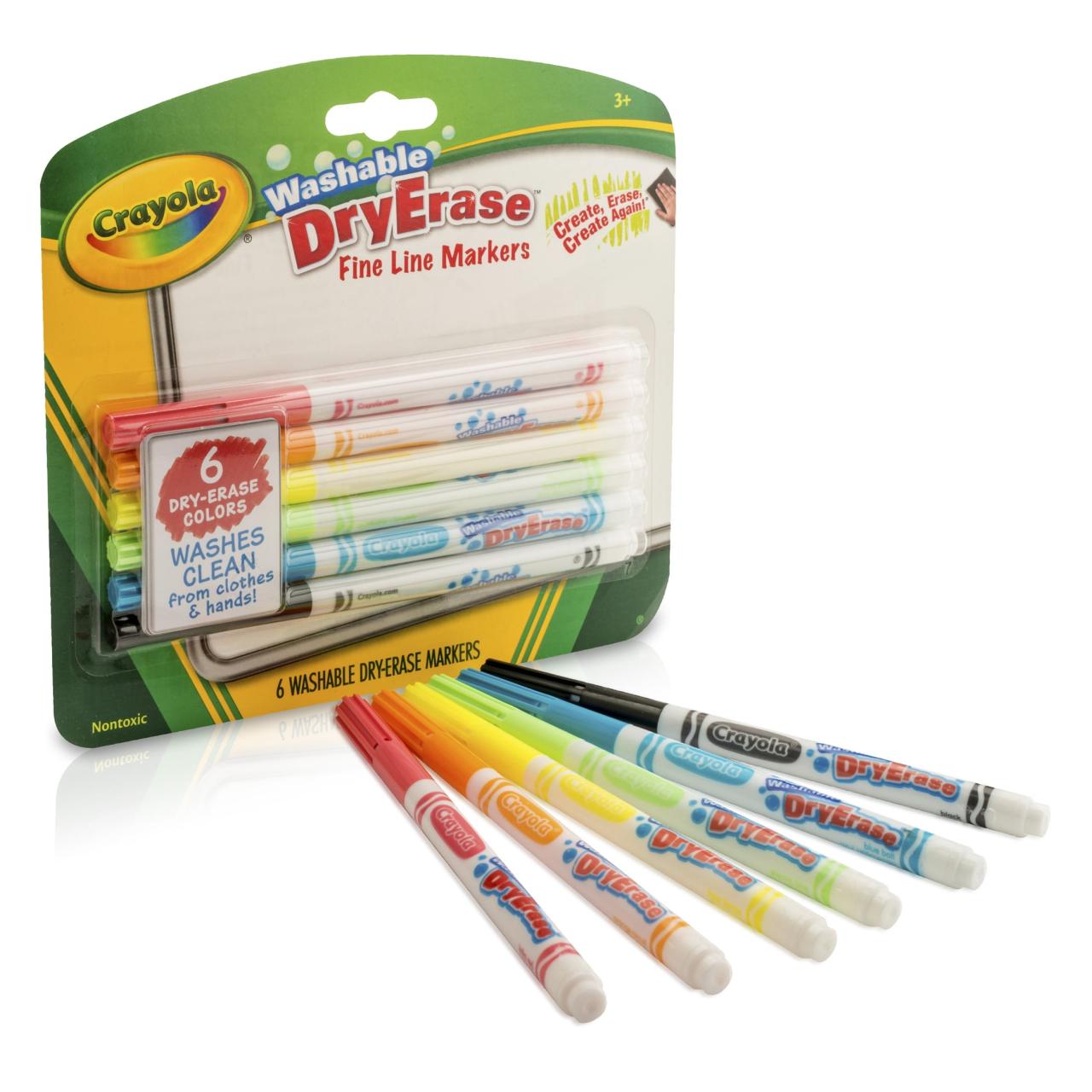In this auspicious occasion, we are delighted to delve into the intriguing topic related to crayola dry erase. Let’s weave interesting information and offer fresh perspectives to the readers.
Introduction
Hey there, aspiring artists! I’m your friendly neighborhood drawing teacher, here to help you unlock the magic of drawing with Crayola Dry-Erase markers.

Before we dive into the fun, let’s talk about why drawing is so awesome!
Why Draw?
Drawing isn’t just about making pictures; it’s a powerful tool that helps us:
- Express ourselves: Drawing lets us put our thoughts, feelings, and imaginations onto paper. It’s like having a secret language that only we understand!
- Develop our creativity: Every time you draw, you’re creating something new and unique. It helps you think outside the box and come up with fresh ideas.
- Improve our problem-solving skills: Drawing requires us to think about shapes, lines, and spaces. This helps us learn to solve problems in a creative way.
- Boost our confidence: Every time you finish a drawing, you’ve accomplished something! It gives you a sense of pride and encourages you to keep exploring your artistic side.
- Have fun! Drawing is a fantastic way to relax, unwind, and let your imagination run wild.


Getting Started with Crayola Dry-Erase Markers
Crayola Dry-Erase markers are perfect for beginners because they’re easy to use, erasable, and come in a wide range of vibrant colors.
Here’s what you’ll need:
- Crayola Dry-Erase Markers: A set with a variety of colors is a great starting point.
- Dry-Erase Board or Paper: You can use a whiteboard, a piece of dry-erase paper, or even a smooth, non-porous surface like a laminated sheet.
- Eraser: A soft eraser will help you make corrections and clean up your drawings.

Basic Drawing Techniques
Now, let’s learn some basic drawing techniques:

-
Lines: Lines are the building blocks of drawing.
- Straight lines: Start by practicing drawing straight lines in different directions. You can use a ruler to help you at first.
- Curved lines: Try drawing curved lines, like those found in circles, ovals, and waves.
- Zigzag lines: Have fun making zigzags and other interesting line patterns.

-
Shapes: Once you’ve mastered lines, you can start creating basic shapes:
- Circles: Practice drawing circles of different sizes.
- Squares: Draw squares with straight lines.
- Triangles: Use three straight lines to create triangles.
- Ovals: Ovals are like stretched-out circles.
-
Combining Shapes: Now, let’s put our knowledge of lines and shapes together:
- Draw a house: Start with a square for the base, a triangle for the roof, and add windows and a door using rectangles.
- Draw a tree: Use a triangle for the top of the tree, a brown rectangle for the trunk, and add some green lines for the leaves.
- Draw a person: Start with a circle for the head, add an oval for the body, and use lines for the arms and legs.
-
Adding Details: Once you have your basic shapes, you can add details to make your drawings more interesting:
- Use different colors: Experiment with different colors to make your drawings pop.
- Add shadows: Use darker shades of your chosen color to create shadows. This gives your drawings depth and dimension.
- Use patterns: Add patterns to your drawings, like stripes, dots, or polka dots.
FAQs
1. What if I’m not good at drawing?
That’s okay! Everyone starts somewhere. The most important thing is to have fun and keep practicing. Remember, there’s no such thing as a "bad" drawing, just a chance to learn and improve.
2. What should I draw?
Draw whatever inspires you! It could be your favorite animal, a character from your favorite book, or something you see in your everyday life.
3. How can I improve my drawing skills?
Practice, practice, practice! The more you draw, the better you’ll get. You can also try:
- Observing your surroundings: Pay attention to the shapes and details of things around you.
- Copying from pictures: Start by copying simple pictures and gradually work your way up to more complex ones.
- Taking drawing lessons: There are many online resources and local classes that can help you improve your skills.
4. Can I use other materials besides Crayola Dry-Erase markers?
Absolutely! You can experiment with different drawing tools like crayons, colored pencils, markers, and even paint.
5. What are some fun drawing games to try?
Here are a few ideas:
- Blindfolded drawing: Have someone draw something while you’re blindfolded and try to guess what it is.
- Drawing challenges: Try drawing a specific object in a limited amount of time.
- Collaborative drawing: Take turns drawing on the same piece of paper and see what you create together.
Remember, drawing is a journey, not a race. Enjoy the process, have fun, and don’t be afraid to experiment! I can’t wait to see your amazing creations!

Thus, we hope this article has provided valuable insights into Downloads crayola dry erase. We thank you for taking the time to read this article. See you in our next article!
 apapunada.my.id News Bisnis Technology Tutorial
apapunada.my.id News Bisnis Technology Tutorial